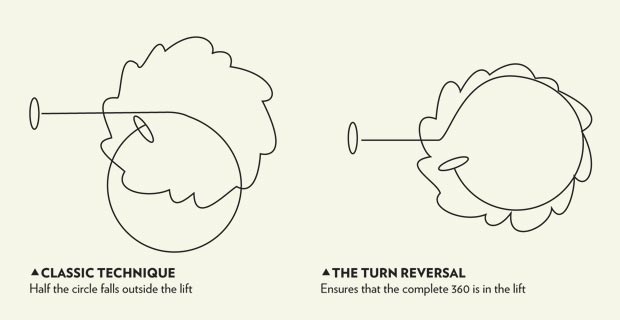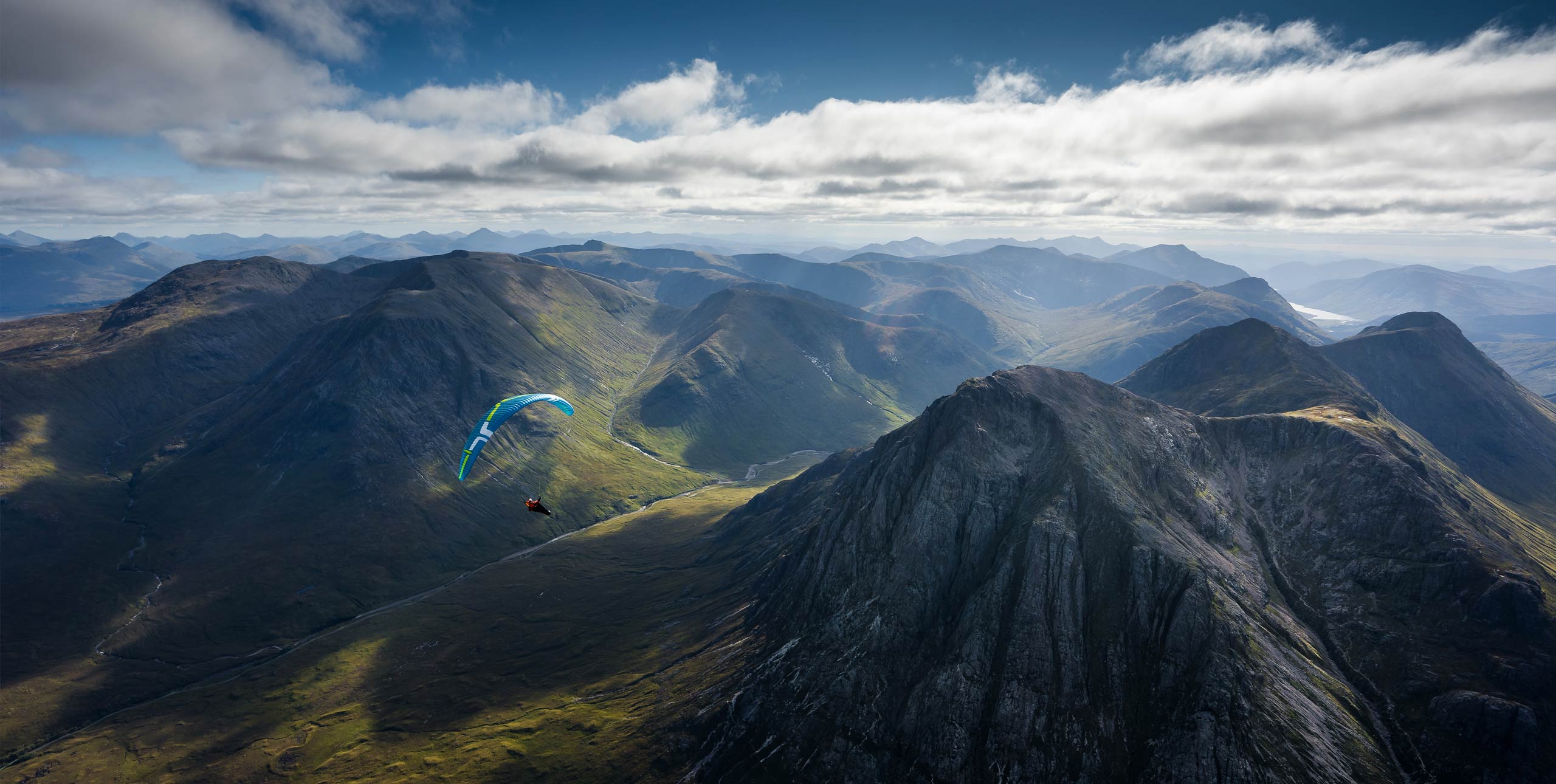
Thermalling techniques: Classic and turn-reversal
4 November, 2015This is an edited extract from Fifty Ways to Fly Better, by Bruce Goldsmith

Finding the best lift in a thermal is one of the most vital skills in flying. Half of competition flying is about climbing the fastest, the other half is about gliding. For the recreational pilot, flying around above your friends is always a kind of private competition, but it’s not easy; lift is invisible and there is no easy way of knowing where to find the best core.
The classic technique
When you approach a strong thermal you can actually feel it sucking you in. You can feel the air flowing in towards the thermal. If you are flying into a headwind then it is suddenly easier to penetrate into wind, or if you are going downwind your groundspeed increases as the thermal sucks you in.
This sucking only happens with really strong thermals, but it can be used to feel if there is a strong thermal off to your side when you suddenly feel yourself being pulled sideways. The sucking happens before you actually enter any lift, and tells you this is going to be a really good thermal.
When you first enter lift and the vario starts to beep, pay careful attention to the feedback you get through your harness from the air as the wing rides the thermal. You are going to have to turn one way or the other, so from the very first beeps of the vario you should be trying to decide which way you are going to go.
If you feel more lift under one side of the glider, and you feel it lift that side of the harness with pressure building in the respective brake line, then the centre of the thermal will be off that way as well.
The ideal way to thermal is to turn around the core where the lift is strongest. Normally when you enter a thermal the vario will indicate weak lift. Don’t turn right away: just relax, concentrate on visualising the shape of the thermal, and try to make your first turn where you guess the core will be. As you fly towards the core the lift will get stronger and stronger and the vario will sing out.
Wait until you have flown past the place where the lift is the strongest before turning. In a strong core of 4m/s plus, usually two seconds past the core brings you back to circle around it.
Remember to use the feedback from the wing to decide how tightly you turn. If the pressure is uniform, then you can afford a large circle, but when it feels punchy and rips up one half of the wing, then don’t be afraid to really crank it up. One wrong move at this stage can mean you drop out of the side of the thermal and lose it completely!
The turn reversal
There is another useful trick I sometimes use. When I first enter a thermal and am unsure as to which way to turn, it often means I am exactly in the centre of the core. Whether you do a left or a right 360 doesn’t matter: either way you are going to fall out of the side (especially if it is a small thermal).
So I make a quarter turn to the left as I enter the core then reverse the turn, leaning hard right to immediately make a right- hand 360. The quarter turn enables you to alter course just before the core so your first 360 can be better centred on the core.
To see more of what’s in the book see:
How to fly XC on an EN-A paraglider
Rear-riser control and how to use it
Understanding pitch on a paraglider
How to climb faster in thermals











